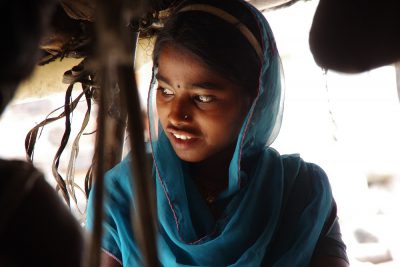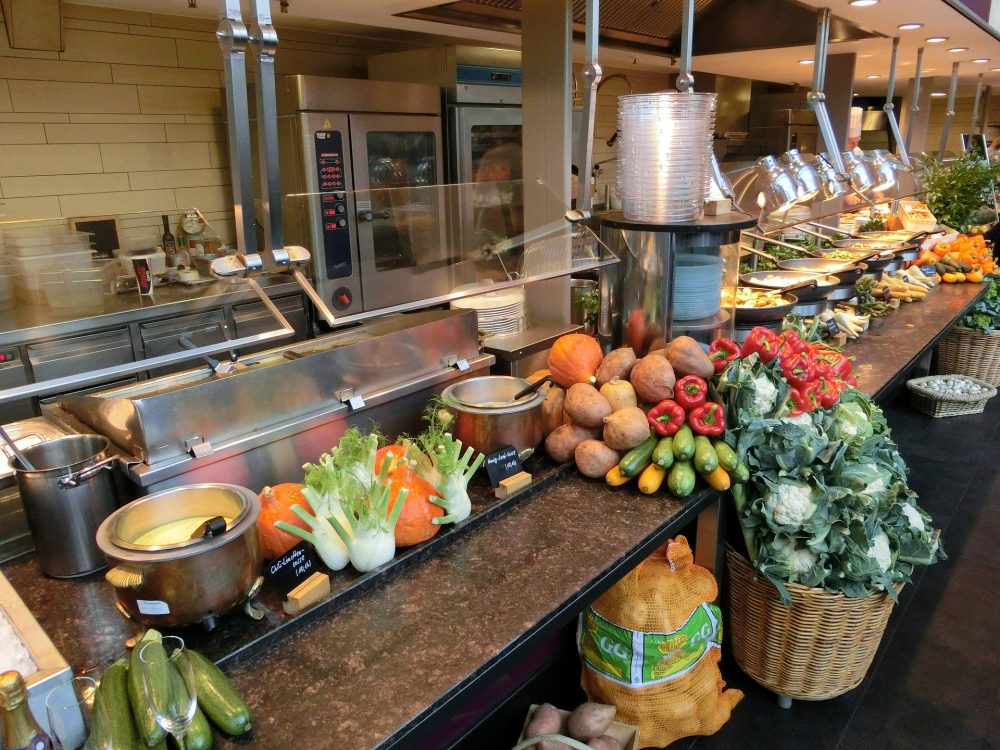India’s higher education is shifting to a predominantly female population. This seems to be the trend since 2012 and some quarters rallied to “correct” this trend to no avail.
More surprising is that this year, more females have entered universities, compared to the number of males. This was reported by the All India Survey on Higher Education (AISHE) from the school year 2018.
The statistics show that for the past year, about ninety thousand (90,000) more girls enrolled in higher education institutions than boys.
This is the first year when there are more females than males in higher education, an impressive feat since this is also the year with the least number of students in Higher Ed.
India’s higher education
India’s higher education has been going through rapid development over the past several years.
Recently the government adopted a number of new bills, aiming to improve the quality and accessibility of education in the country. Some of them even reached international policymakers and earned their praise.
While the recent Times Higher Education World University Ranking revealed that India is losing places in the rankings, the fact that more women are entering tertiary education is encouraging in terms of social equality.
Until recently, women rarely even finished high school, and now Indian higher education is attracting an increasing number of females. This is an empowering shift in the social dynamics in India.
Most popular subjects in India’s Higher Education
According to AISHE, more than thirty percent (30%) of all newly enrolled students have decided to take up a subject in the humanities field.
When it comes to postgraduates, the majority of students have decided that a masters degree in management will best boost their professional development. The doctorate programs saw a significant increase in the number of students looking to be certified in engineering and technology-related subjects.
In the UK, the master’s program only lasts for a year, while in India, it is a minimum of two years. Therefore, masters holders from the UK are not eligible for Ph.D. in India. This has always proved to be a huge problem between the two countries but there is a positive outlook if this draft is implemented.
The increased female enrollment at postsecondary institutions has not been well received in some quarters. In 2012, Valson Thampu, the principal of Delhi’s St. Stephen’s College–probably India’s most prestigious and “liberal” of liberal-arts institutions–put forward a proposal to reserve forty (40) percent of seats for men. Currently, sixty -four percent (64%) of the student population are women, according to The Times of India.
On the horizon for India’s Higher Education
Fast forward to 2019, one would think that nothing has become of that proposal as more women continued to be admitted to India’s Higher Education institutions. However, there is a concern of India losing rankings in the 2019 Times Higher Education survey, which brings forth the question, could it be that the subjects favored by males are not the same subjects favored by females in India?
Students who wish to study in India can explore these universities, which have been numerically ranked based on their positions in the overall Best Global Universities rankings.
India can be “losing in some categories” but could be “gaining in particular categories” due to the predominantly female population in India’s Higher Education.
There are reports that India’s growing private sector are struggling to find women who have either a business or engineering degree, but that might not be for long with introduction of career guidance in the workplace.
To be sure, the demand for women with business or engineering degrees may also stimulate changes in how India’s engineering and business schools admit students.







